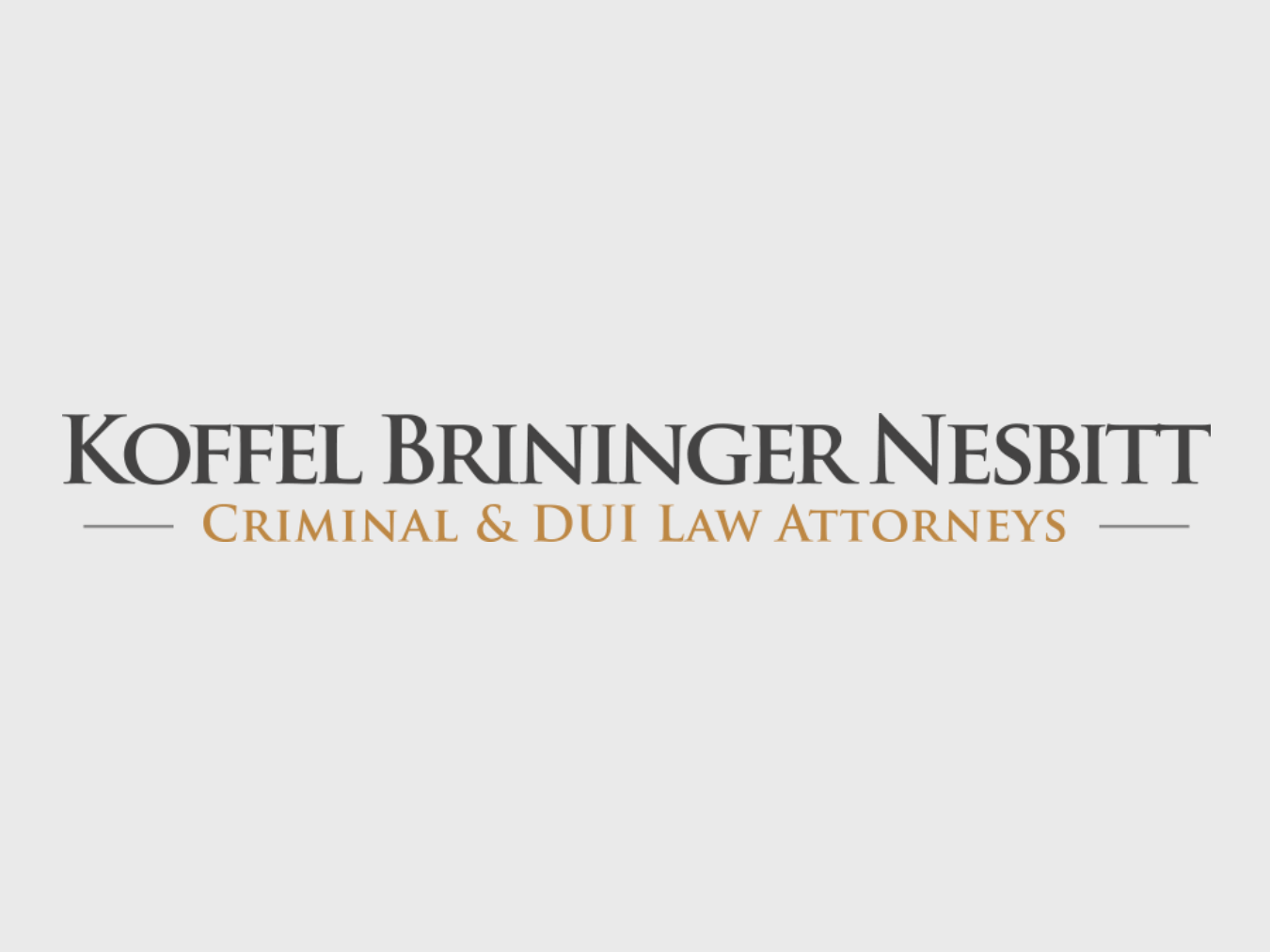The introduction of testimony of any pending charged or uncharged acts,
wrongs, or crimes of a defendant amounts to improper evidence of other
acts and would be in violation of evidence Rule 404 (B) and 403. For example,
let’s say a young man is accused of sexual battery for sexual conduct
involving a young woman who now claims the sex act was non-consensual.
The defendant is prepared to take a polygraph and is prepared to go to
trial that the sex act was, in fact, consensual. However, for whatever
reason, the young lady decides 24 hours later that it was not consensual.
Further, let’s assume that another young woman steps forward from
the young man’s high school years claiming something similar happened
to her with the defendant. However, that alleged crime was never charged
or presented to a grand jury. The introduction of this references to the
“high school allegation” should be inadmissible in an Ohio courtroom.
It is a general rule in Ohio that “evidence of previous or subsequent
criminal acts, wholly independent of the criminal offense for which a
defendant is on trial, is inadmissible”.
State v. Thompson (1981), 66 Ohio St. 2d 496, 497. Evidence of other acts is inadmissible
to show the defendant’s propensity to commit an offense.
State v. Broom (1988), 40 Ohio St.3d 277;
State v. Curry (1975), 43 Ohio St. 2d 66, 68. Although such evidence may, in some cases,
logically tend to establish that a criminal defendant committed the act
for which he stands accused, the evidence is considered legally irrelevant
for the reasons enumerated by the Ohio Supreme Court in
State v. Curry (1975), 43 Ohio St. 2d 66:
(1)The overstrong tendency to believe the defendant guilty of the charge
merely because he is a person likely to do such acts; (2) the tendency
to condemn not because he is believed guilty of the present charge but
because he has escaped punishment from other offenses; (3) the injustice
of attacking one who is not prepared to demonstrate the attacking evidence
is fabricated; and (4) the confusion of issues which might result from
bringing in evidence of other crimes.
Whitty v. State (1967), 34 Wis. 2d 278, 292, 149 N.W. 2d 557.
The only exceptions to the general rule of inadmissibility are set forth
in Evid. R. 404(B). Rule 404(B) provides that:
Evidence of other crimes, wrongs, or acts is not admissible to prove the
character of a person in order to show that he acted in conformity therewith.
It may, however, be admissible for other purposes, such as proof of motive,
opportunity, intent, preparation, plan, knowledge, identity, or absence
of mistake or accident.
“Evidence of other criminal acts of a defendant is admissible
only when it tends to show one of the matters enumerated (motive, intent, absence
of mistake or accident, or scheme, plan or system in doing the act), and
only when one of those matters is relevant to proof of the guilt of the defendant
of the offense in question.”
State v. Thompson,
supra at 497;
State v. Burson (1974), 38 Ohio St. 2d 157, 158;
State v. Wilkinson (1980), 64 Ohio St. 2d 308, 314.
Other act evidence is never admissible under 404(B) “when its sole
purpose is to establish that the defendant committed the act alleged of
him the indictment”. Thompson,
supra at 497-498;
State v. Matthews (1984), 14 Ohio App. 3d 40. Moreover, to be admissible, testimony relating
to ‘other acts’ “must concern events which are
inextricably related to the alleged criminal act“. State v. Lytle (1976), 48 Ohio St. 2d 391, 403.
Introducing evidence of outstanding or past allegations against the defendant
serves no valid purpose under Evid. R. 404(B). Other acts forming a unique,
identifiable plan of criminal activity are admissible to establish identity
under Evid. R. 404(B)
State v. Jamison (1990) 49 Ohio St.3d 182. Similar acts evidence is material and admissible
only when an issue as to which it is relevant has been raised by the defense.
State v. Snowden (1976), 49 Ohio App. 2d 7. Generally, similar act at evidence belongs
in rebuttal.
Id. For it to be admissible during the prosecution’s case in chief, an
issue must be raised through the assertion of matters such as alibi or
an affirmative defense.
Id.
Also, testimony in the accused’s case that would relate to other acts,
wrongs, or crimes of the defendant would serve as inadmissible character
evidence which would encourage the jury to find the defendant guilty because
of an unacceptable course of conduct. The manner of the testimony indicates
a greater propensity of the defendant to commit an offense. It is much
easier for a jury to find an individual to have committed an offense when
it is demonstrated that other allegations of misconduct have been lodged
against him. As a result of the potential for unfair prejudice, courts
must carefully guard against improperly introducing evidence of bad acts.
An error in the admission of other act testimony can be deemed to be harmless
only “when there is no reasonable possibility that the testimony
contributed to the accused’s conviction.”
Lytle,
supra;
Chapman v. California (1967), 386 U.S. 18.
The limited relevancy of testimony relating to other acts, wrongs is substantially
outweighed by the risk of unfair prejudice, of confusion to the issues,
and of misleading the jury.
Call or text 614-884-1100 or complete a Free Case Evaluation form

